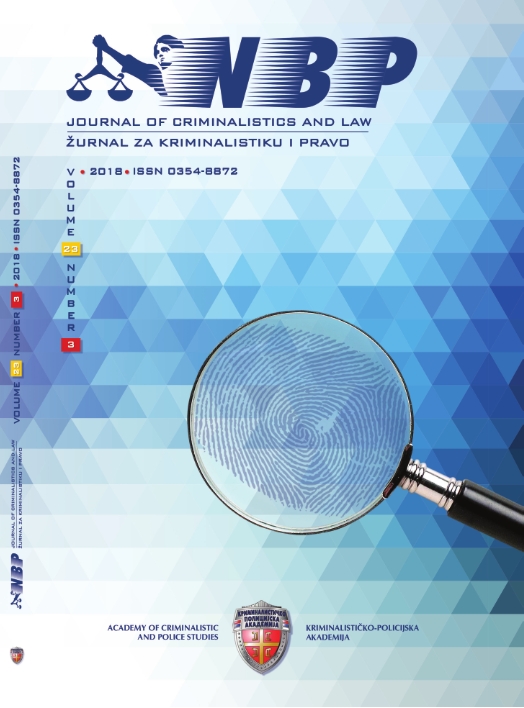Parlamentarna vlada u Srbiji od 1888. do 1914. godine
Parliamentary Government in Serbia from 1888 to 1914
Between Jus and Politics
Author(s): Ivana Krstić-MistridželovićSubject(s): Politics / Political Sciences, Political history
Published by: Kriminalističko-policijski univerzitet
Keywords: the Constitution of 1888; political parties; assembly; government; king; parliamentarism
Summary/Abstract: The paper analyses the institutions of modern constitutionality in the Kingdom of Serbia in the period since it became a parliamentary state by the adoption of the Constitution in 1888 until the end of the Great War which marked the end of its independent state development. The answer to the key question raised in the paper - what was the political regime of Serbia in that period - demanded the assessment of the parliamentary system established by the constitution of 1888 to be made after analysing the application of nominal constitutional solutions. The Constitution of 1888, as one of the most liberal constitutions in Europe, undoubtedly allowed the political life in Serbia to be in line with the standards of modern democratic European states of that time. On the other hand, the absence of certain social and political characteristics that constitutional theory deems necessary for the successful functioning of parliamentarism was in the contemporary Serbia the hindering factor in the construction of the liberal-democratic regime. It is precisely for this reason that the conclusion on whether the introduction of modern state institutions by the constitution of 1888 meant the establishment of a modern political regime in Serbia, stated in the paper, is based on the analysis of constitutionality and political institutions in the light of the relation between the nominal and the real. Under the powerful authority of the Crown during the rule of the Obrenovic dynasty, the Radicals experienced strong pressure from the monarchy. Starting from the so-called Timocka rebellion in 1883 until the May 1903 coup, they gradually gave up their program based on the idea of national sovereignty embodied through the Parliament with supreme power and comforted to the concept of parliamentary monarchy which promoted both the Liberals and the Progressives. The result was an agreement with the Crown and the other two political parties, giving birth to the Constitution of 1888. Only four years later, it was annulled by a coup d'etat provoked by the Crown, who had power still strong enough to resist the Radicals who persisted in building a party state, rather than a parliamentary regime. In the internal political life in Serbia after the annulment of the Constitution of 1888, until 1903, two main features were growing limitation of political freedoms with frequent coups, on the one hand, and a growing readiness of the Radical party for a compromise, on the other. The politics of compromise led by the Radicals chief Pasic resulted in separating and creating a new, Independent radical party in 1904. After the May coup the Constitution of 1888 was brought back to life with certain changes in electoral system which was tilted to the majority system as the Constitution of 1903, which returned the political system in Serbia in a parliamentary form. The several limitations that the parliamentary practice in Serbia experienced until the outbreak of the Great War were not the same during the whole period, but were enough to form a special model of the parliamentary system with the domineering Radical's interpretation of the principle of majority as its essence.
Journal: NBP – Nauka, bezbednost, policija
- Issue Year: 23/2018
- Issue No: 3
- Page Range: 267-286
- Page Count: 20
- Language: Serbian

